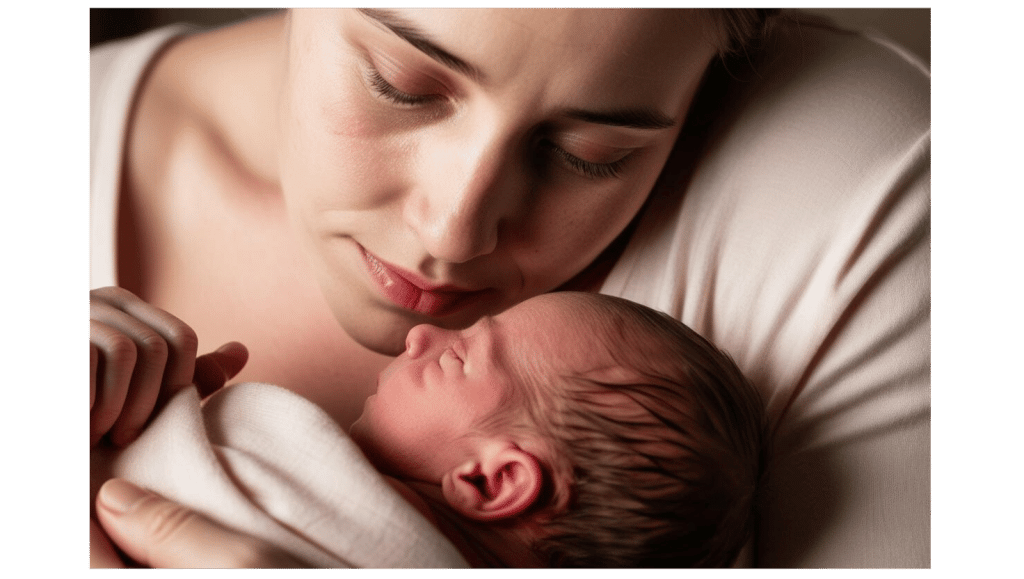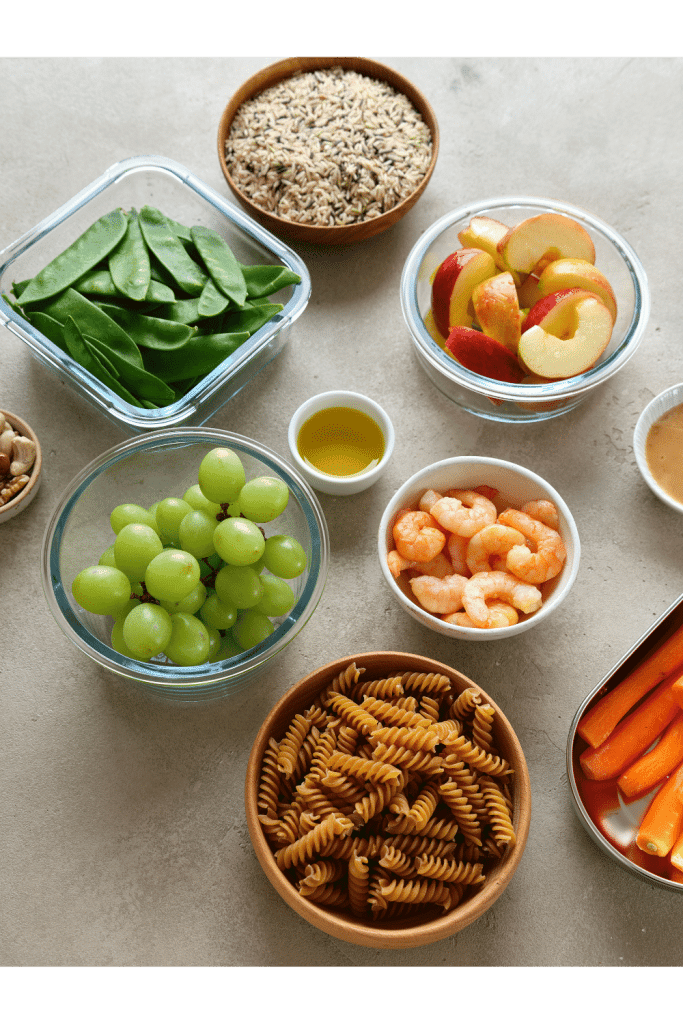Mastitis Recovery: A Complete Guide to Postpartum Mastitis and Breast Health in 2025

The postpartum period brings numerous challenges for new mothers- birth recovery, sleep disturbance, emotional and hormonal changes, etc. But one of the most frustrating can be dealing with mastitis – an inflammation of breast tissue that sometimes involves infection. Information on mastitis recovery is not easy to find.
As a nurse practitioner and IBCLC with 20 years of professional breastfeeding experience, I have seen plenty of new moms battle with mastitis (often more than once). This comprehensive guide addresses essential aspects of mastitis recovery management, combining practical care strategies with emotional support resources to help new mothers navigate this challenging condition.
Essential Breast Care in the First Month Postpartum– Mastitis Prevention
Early prevention and proper breast care are crucial for avoiding and managing mastitis. A proactive approach includes:
Proper latching techniques remain the cornerstone of healthy breastfeeding. Ensure your baby opens wide and takes in both nipple and areola, creating a secure seal. This reduces nipple trauma and promotes effective milk transfer.
When experiencing discomfort, gentle breast massage before feeding helps stimulate milk flow and prevent blocked ducts. Avoid deep massage, that will cause more inflammation to come to the area. I like to use an electric toothbrush for gentle vibration on the area.
Try “breast gymnastics” by moving the breast gently in all directions with both hands prior to latching your baby, or the pump.
Have your lactation consultant check the flange size on your pump to ensure a proper fit. Avoid nipple shields. Use cool packs, or cabbage leaves to help with pain between feedings to reduce swelling of the breast. On the flip side, try applying warm compresses for 10-15 minutes before nursing encourages milk letdown and reduces discomfort.
Protecting your nipples from damage will prevent infections. Using silver cups to help heal and prevent nipple damage is helpful. Here is a link to a post with all the information needed about silverette nipple cups. https://justaskjennp.com/silverette-nursing-cups/
Drink plenty of fluids and focus on rest. Wear a supportive bra, but nothing too tight or restrictive. Use Ibuprofen and Tylenol as needed for pain relief.
If breast pain persists for over 24 hours and is associated with flu-like symptoms, reddened breast, fever, call your OB for a course of antibiotics.
Here is a link to a post on the Signs of Mastitis
Click here for information on the differences between a clogged duct and mastitis.
Creating a Support System During Mastitis Recovery
Recovery from mastitis requires a robust support network that extends beyond immediate family. Professional lactation consultants provide expert guidance on feeding techniques and mastitis management, while postpartum doulas offer practical assistance with household tasks and emotional support.
Partner involvement proves invaluable – they can help with baby care, ensure proper medication timing, and maintain communication with healthcare providers throughout recovery.
Balancing Rest and Breastfeeding with Mastitis
Managing mastitis recovery while continuing to breastfeed demands careful planning and self-care. Regular feeding or pumping every 2-3 hours maintains milk flow and supports healing, even during discomfort.Try to stay on your baby’s schedule and feed from the breast when possible.
Between feedings, prioritize rest periods of at least 20-30 minutes several times daily. When symptoms are severe, arrange help with household duties and childcare to focus on recovery while maintaining essential feeding routines.
Emotional Support During Mastitis Recovery
The emotional impact of mastitis often goes under acknowledged. Physical discomfort combined with the demands of newborn care can create significant stress and anxiety. Connect with local breastfeeding support groups or online communities where other mothers share similar experiences. Practice gentle self-compassion, acknowledging that recovery takes time and that seeking help demonstrates strength rather than weakness.
Nutrition Tips for Fighting Infection
Proper nutrition plays a vital role in recovery from mastitis. Focus on anti-inflammatory foods rich in immune-boosting nutrients. Dark leafy greens, colorful vegetables, and fruits provide essential vitamins and antioxidants. Maintain adequate protein intake through lean meats, legumes, and fish to support tissue healing. Stay well-hydrated by consuming at least 3 liters of water daily, supplemented with herbal teas known for their lactation-supporting properties. Sunflower lecithin has also been shown to help lubricate the milk ducts to allow easy milk flow during breastfeeding.

Here is a helpful link to a healthy breastfeeding diet. https://justaskjennp.com/15-natural-foods-to-boost-breastmilk-supply/
Conclusion
Recovering from mastitis requires a comprehensive approach combining physical care, emotional support, and proper nutrition. Remember that each mother’s experience is unique, and recovery timelines vary. By implementing these strategies while maintaining open communication with healthcare providers, mothers can navigate through mastitis while preserving their breastfeeding journey. Don’t hesitate to seek professional help when needed – early intervention often leads to faster recovery and better outcomes.
Follow up with your health care provider as directed.
For more information: https://ibconline.ca/information-sheets/blocked-ducts-mastitis/



